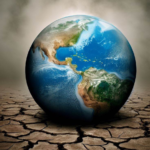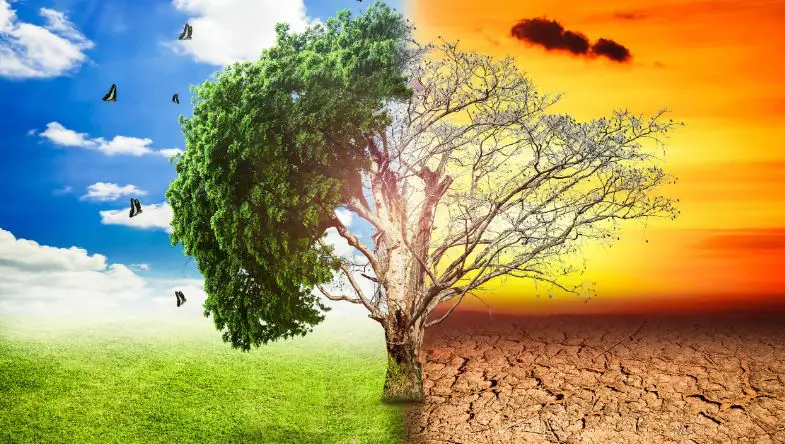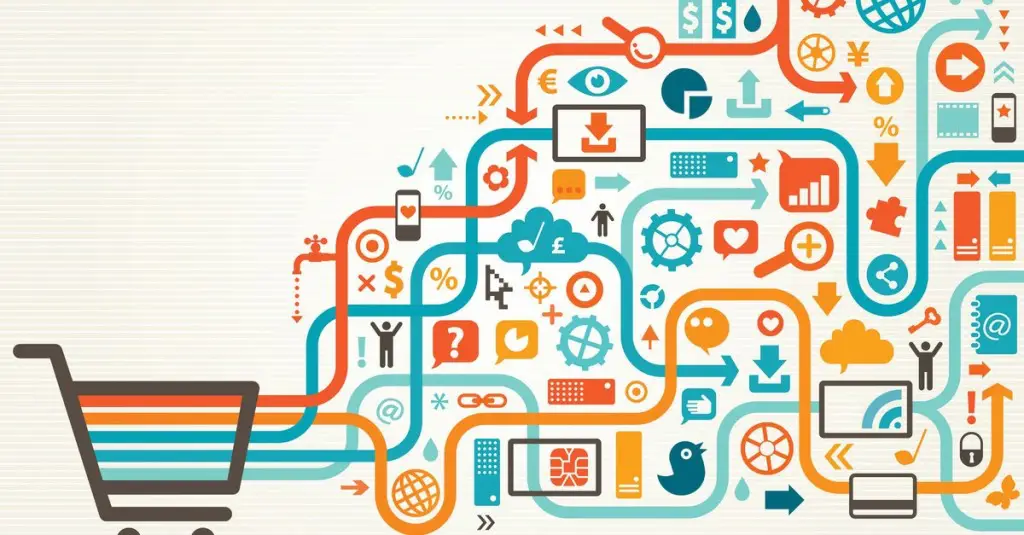Table of Contents
What are Microplastics and Their Impacts on the Environment?
Microplastics are tiny fragments of plastic with a length of less than 5 mm (0.2 inches) that are produced as a result of plastic pollution and are found in the environment. They are formed when large plastic debris breaks down into smaller pieces. Microplastics have recently been discovered in various locations, including the Arctic ice and human blood. They can be found in a wide range of products such as cosmetics, synthetic garments, plastic bottles, and bags.
Formation of Microplastics
Microplastics can be formed through two main processes:
- Primary Microplastics: These are particles that are directly released into the environment. Examples include plastic fibers, plastic pellets, and microbeads used in personal care products.
- Secondary Microplastics: These are formed through the degradation of larger plastic items like bottles, bags, fishing nets, and food packaging.
Impacts on the Environment
Microplastics have significant impacts on the environment:
- Marine Ecosystem: When marine species ingest microplastics, it can interfere with their feeding and lead to reduced development and reproductive outputs. Microplastics also act as transport agents for harmful chemical substances in the water.
- Ecosystem: Microplastics bypass wastewater filtration and treatment processes, ending up in natural areas and damaging the food chain. This has negative effects on species worldwide.
Impacts on Human Health
Microplastics also pose risks to human health:
- Ingestion: Microplastics can enter the human body through drinking water and airborne dust. They can flow freely in bodily fluids or get caught in the stomach and intestinal walls. They have been found in human organs and tissues, negatively impacting the immune system, brain function, and hormones.
- Developmental Effects: Microplastics have been shown to harm human cells in laboratory studies. They can enter the bodies of developing fetuses and have the potential to cause harm.
Initiatives to Reduce Impacts
To tackle the negative impacts of microplastics, various initiatives have been taken:
- Global Initiatives: Global efforts include commitments made at the G7 Summit, the World Environment Day pledge to “Beat Plastic Pollution,” and the establishment of programs like the Global Partnership on Marine Litter (GPML).
- Initiatives in India: India has implemented initiatives such as the elimination of single-use plastic, guidelines for plastic waste management, and the establishment of the Un-Plastic Collective (UPC), a voluntary effort to reduce plastic pollution.
Fun Fact
A recent study found microplastics in clouds for the first time. The study detected at least nine different types of microplastics in cloud water samples, highlighting the widespread presence of these particles in the environment.
Brief Summary | UPSC – IAS
Microplastics, which are tiny fragments of plastic, are formed through plastic pollution and can be found in the environment. They are present in products like cosmetics, synthetic garments, and plastic bottles. Microplastics can enter the human body through drinking water and airborne dust, causing harm to the immune system, brain system, and hormones. They have also been found in marine species, leading to stunted growth and behavioral changes. Initiatives to reduce the impacts of microplastics include global efforts such as the G7 Summit and the World Environment Day, as well as local initiatives in India to eliminate single-use plastic.










